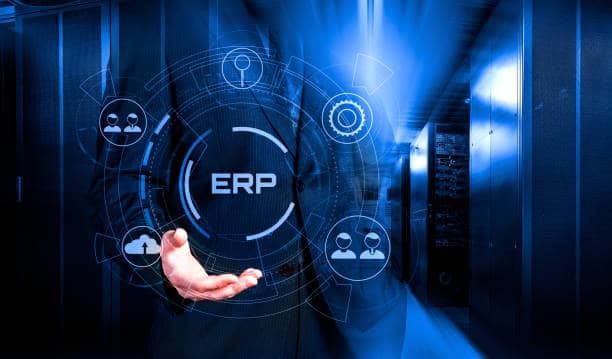Justifying an ERP Investment?
Justifying an ERP Investment? Start Here
How does today’s manufacturer go about justifying an ERP investment?
The effort involves determining an expected return on investment, anticipating total costs and fully documenting the business case for investing in a new or upgraded system. It’s critical to document the business reasons for an investment in ERP, as well as the expected value to offset the cost. Identifying risk is part of the process, as is putting in plans to mitigate risk.
Few organizations can effectively manage this effort alone.
We offer significant experience helping mid-market manufacturers and distributors drive an effective justification process.
The five critical areas typically involve:
• Performing an assessment of the company’s internal business environment
• Documenting the current state business challenges
• Clarifying the desired state and “value” of improved processes from ERP
• Considering total cost factors of an ERP upgrade/new selection
• Taking a close look at ROI of the ERP investment
Our team often leads manufacturers and distributors through additional questions for a thorough justification audit, which includes exploring the following areas:
• Reporting: Is there a need for reporting that is not met with the current ERP? Consider reporting requirements from a variety of regulatory agencies, government departments and customers. What are the impacts and costs of non-compliance?
• Business Intelligence: When it comes to business intelligence, can the current system accurately capture, store, and trend a range of information such as quality, production, shipping, financial, supply chain activity and much more? Manufacturing systems must easily generate timely and accurate data so users can take the needed action to improve business processes. There are cost considerations for those companies that find it difficult to access such information.
• Growth: Changes over time can bring new needs that require a new ERP. Has the company acquired new businesses or gone through a merger? Has the marketplace changed? Has the competition gotten more complex?
• Functionality: Is there a need for new functionality such as Customer Requirements Management (CRM), Manufacturing Execution Systems (MES) or Product Lifecycle Management (PLM)?
• Multi-Plant: Is there a move to operate in a multi-company structure in the years ahead? Many companies are challenged to use their existing ERP system to make this process easier and eliminate the need for duplicate data entry. Companies that once only had to track operations from one facility might soon be dealing with complex supply chains and markets from multiple plants.
• User Adoption: What about ease of use, training and user adoption? Today’s ERP is much more intuitive and user-friendly which takes the cost out of training and speeds user adoption.
Learn More about Justifying an ERP Investment
Making the business case for an investment in ERP is an important effort that sets the framework for success.
Wrestling alone through this complex process can be a challenge. Leading manufacturers and distributors work smarter by teaming with an experienced guide during ERP justification rather than “go all alone.”



